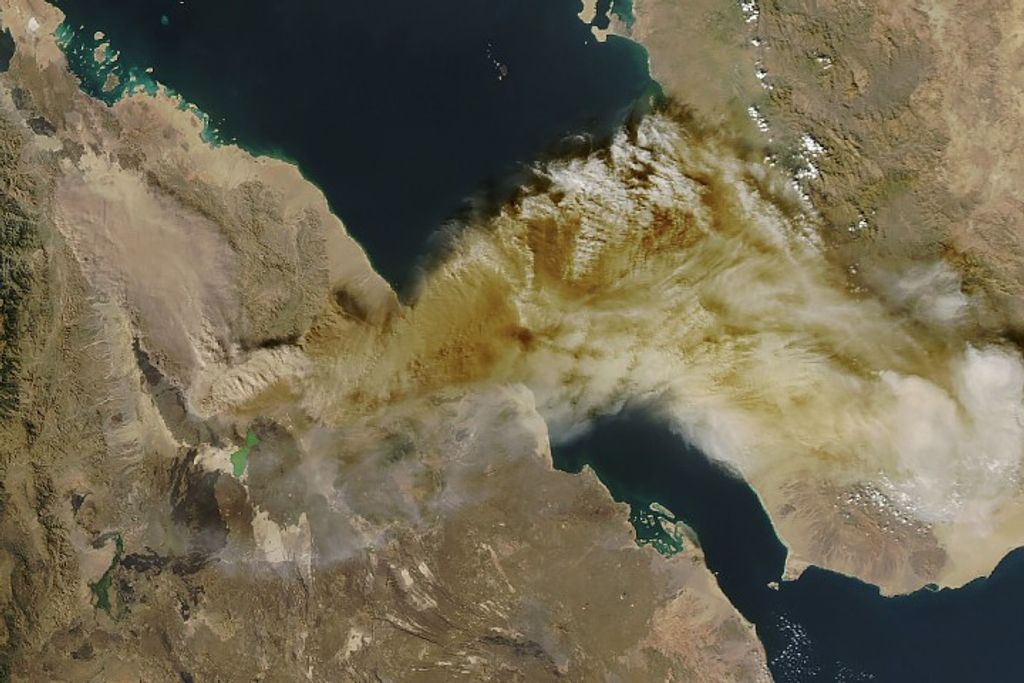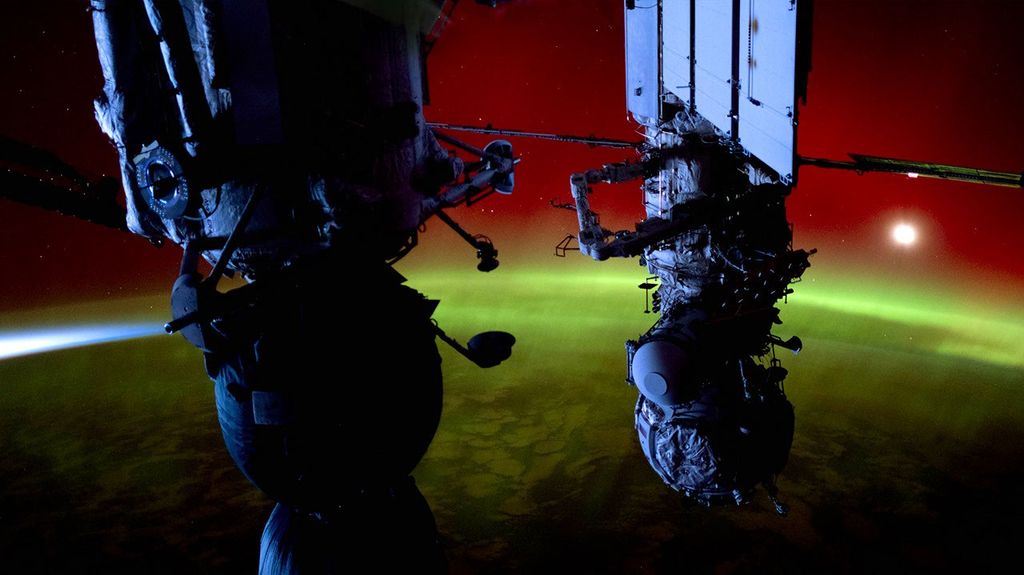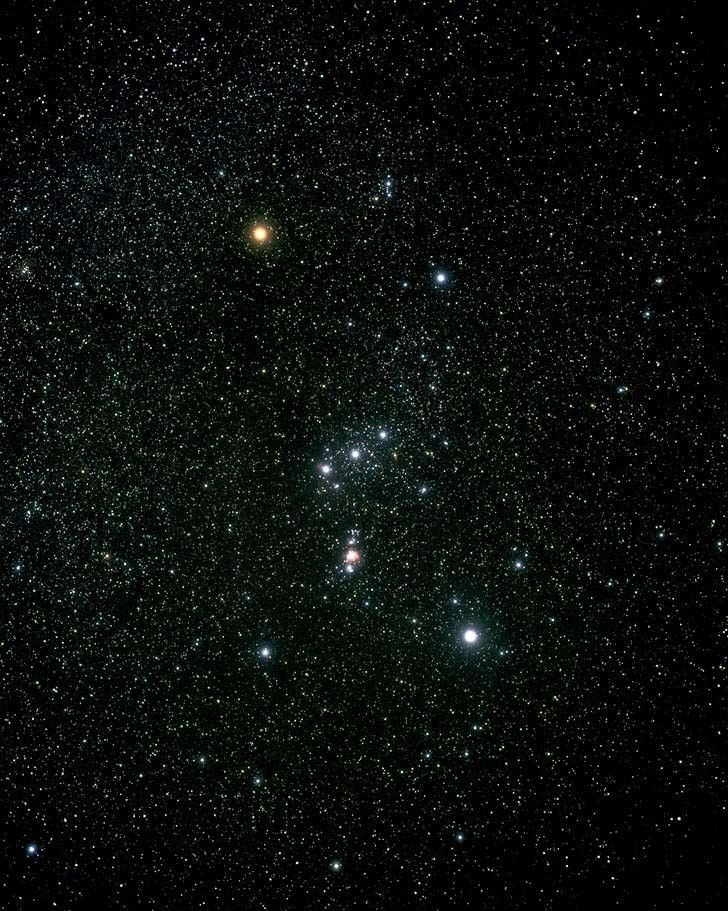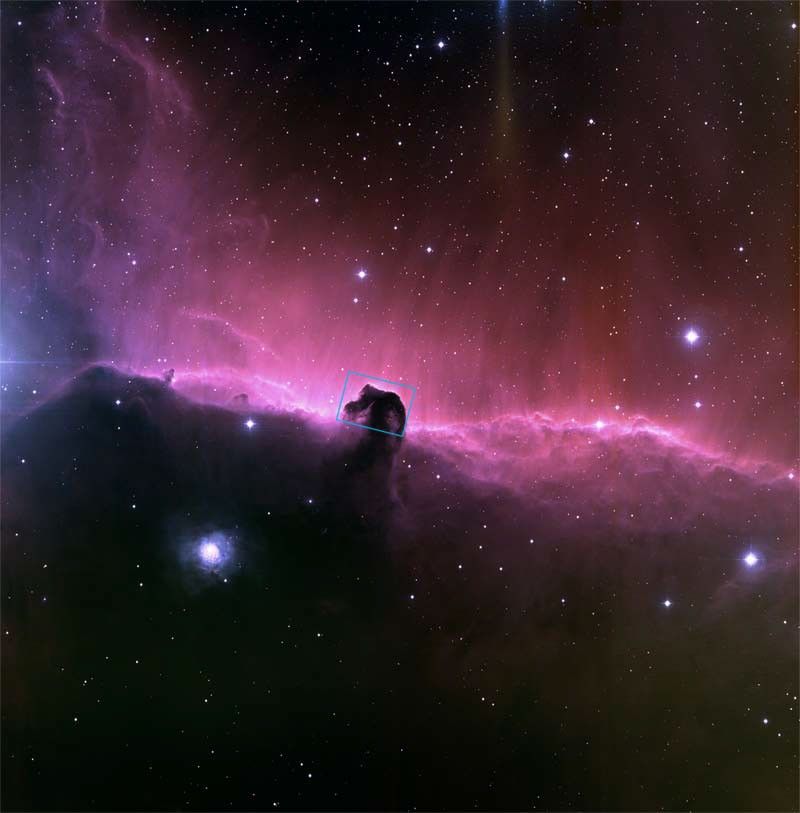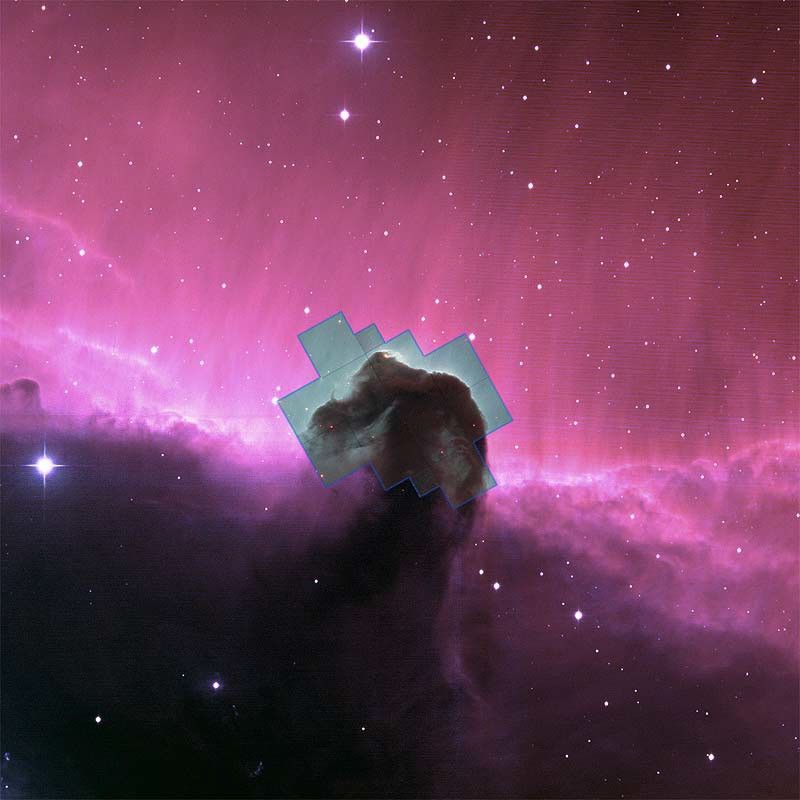Background Information: Hubble Trivia
In its 11 years of surveying the heavens, NASA's Hubble Space Telescope has made 390,000 exposures and probed 15,700 celestial targets.
Hubble has whirled around Earth 64,240 times, racking up 1.6 billion miles. That's like making nine round trips to the Sun.
Each day the telescope generates enough data – 3 to 4 gigabytes – to fill six CD-ROMs.
The orbiting observatory's observations have amounted to 7.2 terabytes of data.
Hubble's digital archive delivers 10 to 20 gigabytes of data a day to astronomers all over the world.
Astronomers have published 3,073 scientific papers on Hubble results.
Background Information: Hubble Celebrates 11 years of 'Eyeing' the Universe
For the past 11 years, NASA's Hubble Space Telescope has delivered stunning views of the cosmos. Launched April 24, 1990, the Earth-orbiting observatory provided solid evidence for the existence of black holes, spied exploding stars far across the universe, and witnessed the breakup of a comet.
Here are some of Hubble's greatest moments.
A Tale of Two Comets
The Hubble telescope watched two comets – small, icy objects – fall apart. One was pulled apart by Jupiter's gravitational might; the other came unglued when it passed closely by the Sun.
The orbiting observatory witnessed an invasion of Jupiter in 1994 as pieces of Comet Shoemaker-Levy 9 plunged into the planet's atmosphere and exploded. The telescope's sharp "eyes" provided exquisite details on the plumes of debris kicked up by the explosions and for several days followed the expansion of the impact sites.
During the summer of 2000, the Hubble telescope watched a mountain-sized comet called LINEAR crack up as it made a close pass by the Sun. For the first time, astronomers actually saw a comet crumble into pieces close enough to Earth to study it in detail, The Hubble telescope actually captured views of chunks of LINEAR's core, called a nucleus, sailing along the comet's tail. About half a dozen of these chunks, which scientists dubbed "mini-comets," had tails of their own.
Hubble Hunts for Planets
Hubble also has hunted for planets and the "seeds of planets. Astronomers believe that planets form from the swirling debris around nascent stars. The orbiting observatory provided visual proof that pancake-shaped dust disks around young stars are common, suggesting that the raw materials for planet formation are in place.
The telescope also turned its attention to finding full-fledged planets far beyond our stellar neighborhood. Hubble probed the heart of a distant cluster of millions of stars and surprisingly found no planets. The bold and innovative observation pushed the telescope's capabilities to its limits, simultaneously scanning for small changes in the light from 35,000 stars in the globular cluster 47 Tucanae, located in the southern constellation Tucana.
Hubble was searching for a specific type of planet called a "hot Jupiter," a gaseous planet the size of the planet Jupiter whose orbit is less than 1/20 Earth's distance from the Sun, placing it even closer to the star than the scorched planet Mercury. Hubble couldn't directly view the planets, but instead employed a powerful search technique in which the telescope measured the slight dimming of a star due to the passage of a planet in front of it, an event called a transit. The Hubble result implies there is still something fundamentally different between the way planets are made in our own neighborhood and how they are made in the cluster.
A Cosmic Collision
The telescope monitored Supernova 1987A, the closest exploding star in four centuries, providing, for the first time, pictures of a collision between a wave of material ejected from the doomed star and a ring of matter surrounding it. The collision has already begun to illuminate the central ring. In the next decade astronomers expect even more material to hit the ring, illuminating the surrounding material, and thereby literally throwing light on the exploding star's history.
The Black Hole Hunter
Hubble also yielded clues to what is causing the flurry of activity in the hearts of many galaxies. These central regions are very crowded, with stars, dust, and gas competing for space. But Hubble managed to probe these dense regions, providing decisive evidence that supermassive black holes – compact "monsters" that gobble up any material that ventures near them – reside in the centers of many galaxies. These elusive "eating machines" cannot be observed directly, because nothing, not even light, escapes their stranglehold. But the telescope provided compelling, yet indirect, evidence of their existence. Hubble's crisp images revealed a doughnut-shaped structure composed of dust and gas around a central object, presumably a black hole. The telescope also helped astronomers determine the masses of several black holes by measuring the velocities of material whirling around them.
After proving their existence, the orbiting observatory then began examining the relationship between supermassive black holes and their home galaxies. A census of more than 30 galaxies showed that a galaxy's bulk determines the mass of its black hole. A monstrous black hole wasn't born big but instead grew on a measured diet of gas and stars residing in its home galaxy.
Turning its attention to stellar black holes, Hubble may have furnished direct evidence for the existence of black holes by observing matter disappearing as it falls toward the "event horizon." (Stellar black holes are different beasts than supermassive black holes. Stellar black holes form when massive stars explode and reside throughout galaxies. Supermassive black holes reside at the cores of galaxies.) An event horizon is the mysterious region surrounding a black hole that forever traps light and matter straying nearby. The telescope didn't see the event horizon – it is too small and far away – but instead measured the chaotic fluctuations in ultraviolet light from seething gas trapped in orbit around the black hole.
Nature's Brightest 'Lightbulbs'
Most scientists believe that black holes are the "engines" that power quasars, powerful beacons located more than halfway across the universe. Hubble surveyed several quasars, confirming that nature's brightest "lightbulbs" reside in galaxies. The observations also revealed that many of these galaxies are merging with other galaxies. The mergers kick up lots of dust and gas, providing an important clue for how black holes feed and power quasars.
Galaxy Building Blocks
Hubble pioneered studies of deep space, peering across space and time to study galaxies in an infant universe. The most famous of Hubble's faraway views is the Hubble Deep Field, a tiny speck of sky that revealed a zoo of galaxies, some as old as 10 billion years. The Hubble Deep Field has become one of the most studied regions of the sky and has been examined in a wide range of wavelengths, from radio to infrared.
Hubble's observations of deep space indicate that the young cosmos was filled with much smaller and more irregularly shaped galaxies than those that astronomers see in our nearby universe. These smaller structures, composed of gas and young stars, may be the building blocks from which the more familiar spiral and elliptical galaxies formed, possibly through processes such as multiple galaxy collisions. The Hubble observations also showed that the universe in its youth more vigorously manufactured stars than it does today.
An Expanding Universe
The universe doesn't remain stationary: it's expanding. Astronomer Edwin Hubble made that observation in the 1920s. Since then, astronomers have debated how fast it is expanding, a value called the Hubble constant. In May 1999 a team of astronomers announced they had obtained a value for the Hubble constant, an essential ingredient needed to determine the age, size, and fate of the universe. They did it by measuring the distances to 18 galaxies, some as far as 65 million light-years from Earth. By obtaining a value for the Hubble constant, the team then determined that the universe is 12 to 14 billion years old.
A Speedy Universe
Gazing to the far reaches of space and time, the orbiting observatory identified the farthest stellar explosion ever seen, a supernova that erupted 10 billion years ago. By examining the glow from this dying star, astronomers have amassed more evidence that a mysterious, repulsive force is at work in the cosmos, making galaxies rush ever faster away from each other.
This faraway supernova provides convincing evidence that the expansion of the cosmos is actually accelerating. In 1998 information from a passel of other distant supernovas, gathered by Hubble and other telescopes, hinted at an increasing expansion rate. Some astronomers, however, had proposed alternative theories to explain why the universe's expansion is accelerating. This discovery refutes those theories.
Cosmic Explosions
Hubble teamed up with a fleet of X-ray, gamma-ray, and visible-light observatories in a quest to analyze the sources of gamma-ray bursts. Gamma-ray bursts may represent the most powerful explosions in the universe since the Big Bang. Before 1997 astronomers were stumped: although they had observed more than 2,000 "bursts," they couldn't determine whether these fireballs occurred in our galaxy or at remote distances. Hubble images showed unambiguously that the bursts actually came from far-flung galaxies rife with star formation.









